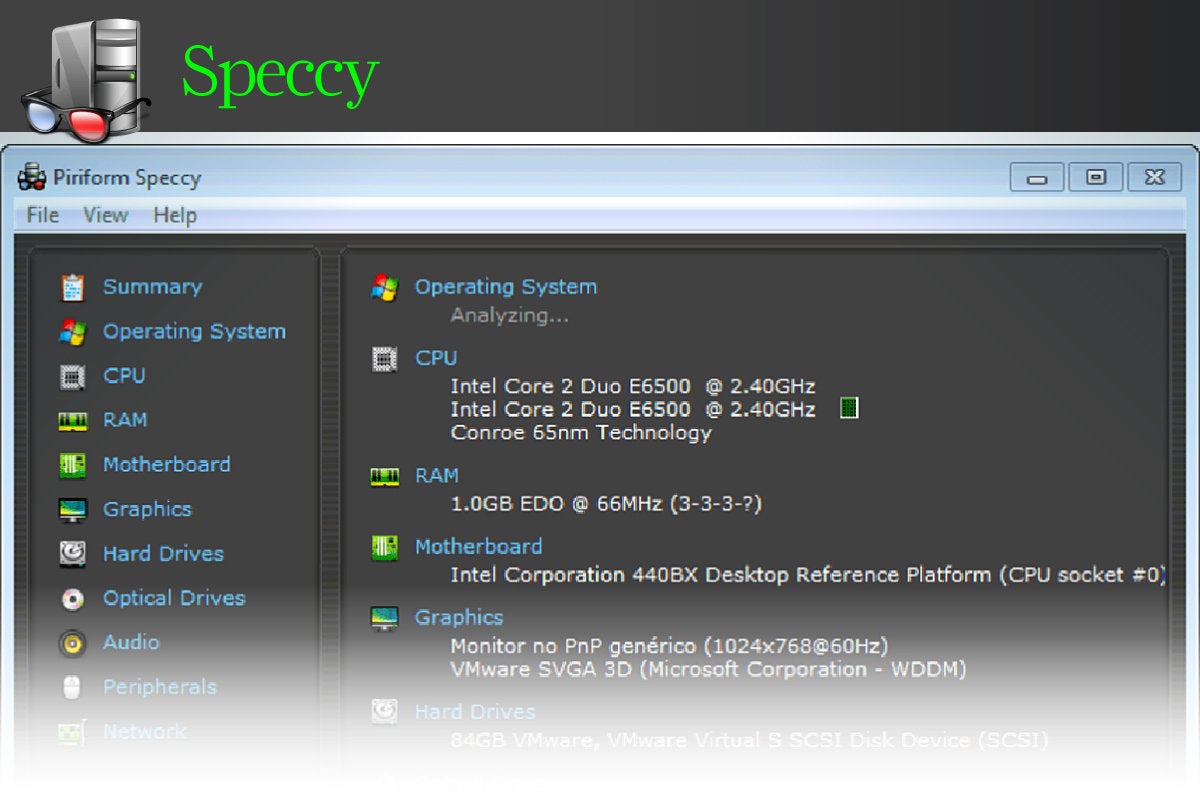

On that website, you can select a version of Windows and create your own installation media using either a USB flash drive or a DVD. To go directly to one of the versions, select one of these links: Windows 7. In Windows 7, you can download languages in two ways: Using Windows Update. If you're running an Ultimate or Enterprise edition of Windows, you can download available language packs by using Windows Updates. Language packs installed using Windows Update provide a fully translated version of Windows.
-->Individuals Store, share, and access your files and folders from any mobile device, tablet, or computer—and your first 15GB of storage are free.
By Mark Russinovich
Published: June 24, 2020
Download Autoruns and Autorunsc(2.5 MB)
Run now from Sysinternals Live.
For Windows 10
Introduction
This utility, which has the most comprehensive knowledge ofauto-starting locations of any startup monitor, shows you what programsare configured to run during system bootup or login, and when you startvarious built-in Windows applications like Internet Explorer, Explorerand media players. These programs and drivers include ones in yourstartup folder, Run, RunOnce, and other Registry keys.Autoruns reports Explorer shell extensions, toolbars, browser helperobjects, Winlogon notifications, auto-start services, and muchmore. Autoruns goes way beyond other autostart utilities.

Autoruns' Hide Signed Microsoft Entries option helps you to zoomin on third-party auto-starting images that have been added to yoursystem and it has support for looking at the auto-starting imagesconfigured for other accounts configured on a system. Also included inthe download package is a command-line equivalent that can output in CSVformat, Autorunsc.
You'll probably be surprised at how many executables are launchedautomatically!
For Windows
Screenshot
Usage
Simply run Autoruns and it shows you the currently configuredauto-start applications as well as the full list of Registry and filesystem locations available for auto-start configuration. Autostartlocations displayed by Autoruns include logon entries, Explorer add-ons,Internet Explorer add-ons including Browser Helper Objects (BHOs),Appinit DLLs, image hijacks, boot execute images, Winlogon notificationDLLs, Windows Services and Winsock Layered Service Providers, mediacodecs, and more. Switch tabs to view autostarts from differentcategories.
To view the properties of an executable configured to run automatically,select it and use the Properties menu item or toolbar button. IfProcess Explorer isrunning and there is an active process executing the selected executablethen the Process Explorer menu item in the Entry menu will openthe process properties dialog box for the process executing the selectedimage.

Navigate to the Registry or file system location displayed or theconfiguration of an auto-start item by selecting the item and usingthe Jumpto Entry menu item or toolbar button, and navigate tothe location of an autostart image.
To disable an auto-start entry uncheck its check box. To delete anauto-start configuration entry use the Delete menu item or toolbarbutton.
The Options menu includes several display filtering options, such asonly showing non-Windows entries, as well as access to a scan optionsdialog from where you can enable signature verification and Virus Totalhash and file submission.
Select entries in the User menu to view auto-starting images fordifferent user accounts.
More information on display options and additional information isavailable in the on-line help.
Autorunsc Usage
Autorunsc is the command-line version of Autoruns. Its usage syntax is:
Usage: autorunsc [-a <* bdeghiklmoprsw>] [-c -ct] [-h][-m] [-s] [-u] [-vt] [[-z ] [user]]]
| Parameter | Description |
|---|---|
| -a | Autostart entry selection: |
| * | All. |
| b | Boot execute. |
| d | Appinit DLLs. |
| e | Explorer addons. |
| g | Sidebar gadgets (Vista and higher) |
| h | Image hijacks. |
| i | Internet Explorer addons. |
| k | Known DLLs. |
| l | Logon startups (this is the default). |
| m | WMI entries. |
| n | Winsock protocol and network providers. |
| o | Codecs. |
| p | Printer monitor DLLs. |
| r | LSA security providers. |
| s | Autostart services and non-disabled drivers. |
| t | Scheduled tasks. |
| w | Winlogon entries. |
| -c | Print output as CSV. |
| -ct | Print output as tab-delimited values. |
| -h | Show file hashes. |
| -m | Hide Microsoft entries (signed entries if used with -v). |
| -s | Verify digital signatures. |
| -t | Show timestamps in normalized UTC (YYYYMMDD-hhmmss). |
| -u | If VirusTotal check is enabled, show files that are unknown by VirusTotal or have non-zero detection, otherwise show only unsigned files. |
| -x | Print output as XML. |
| -v[rs] | Query VirusTotal for malware based on file hash. Add 'r' to open reports for files with non-zero detection. Files reported as not previously scanned will be uploaded to VirusTotal if the 's' option is specified. Note scan results may not be available for five or more minutes. |
| -vt | Before using VirusTotal features, you must accept the VirusTotal terms of service. If you haven't accepted the terms and you omit this option, you will be interactively prompted. |
| -z | Specifies the offline Windows system to scan. |
| user | Specifies the name of the user account for which autorun items will be shown. Specify '*' to scan all user profiles. |
Related Links
- Windows Internals Book The official updates and errata page for the definitive book onWindows internals, by Mark Russinovich and David Solomon.
- Windows Sysinternals Administrator's Reference Theofficial guide to the Sysinternals utilities by Mark Russinovich andAaron Margosis, including descriptions of all the tools, theirfeatures, how to use them for troubleshooting, and examplereal-world cases of their use.
Download
Download Autoruns and Autorunsc(2.5 MB)
Run now from Sysinternals Live.